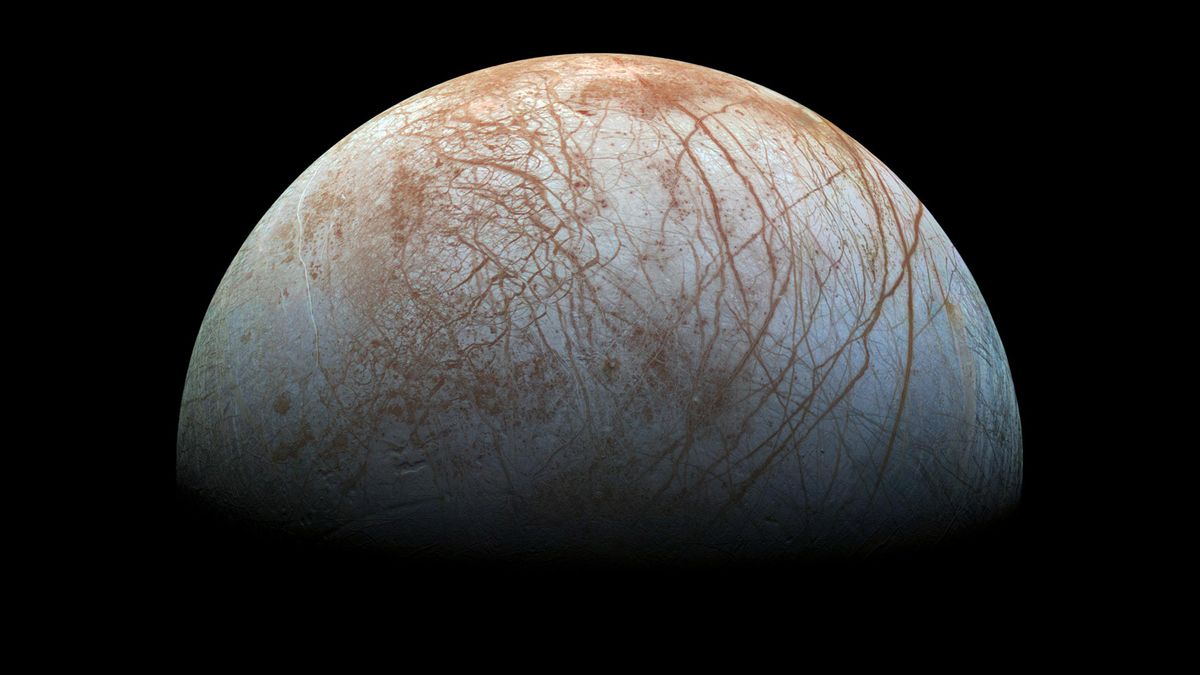🔭 These steam planets are shaking up our planetary models
Follow us on Google News (click on ☆)
Scientists have developed an improved model to study these so-called "steam worlds." Although uninhabitable, these planets offer valuable clues about the formation of exoplanets. Their water-rich composition in exotic states requires advanced simulations. This approach helps to better understand planetary mechanisms.

Sub-Neptune planets are the most common outside our Solar System. Their proximity to their star prevents water from remaining liquid on the surface: water exists there as vapor or supercritical states, neither fully liquid nor gaseous. These conditions make their study challenging but essential for planetary science.
The James Webb Space Telescope confirmed the existence of these vaporous atmospheres in 2024. The discovery of GJ 9827 d, a planet twice the size of Earth, marked a turning point. Since then, several other sub-Neptunes have been identified with signatures of water vapor, accelerating the development of suitable models.
Previous models were inspired by icy moons like Europa or Enceladus. However, sub-Neptunes are much more massive and hotter: their water can reach supercritical states or even superionic ice. These phenomena are difficult to reproduce in Earth laboratories, hence the importance of simulations.

The icy crust of Europa, Jupiter's moon, does not serve as a good model for steam planets.
Credit: NASA
The new model integrates the evolution of these planets over billions of years; it doesn't just provide a snapshot but considers temporal changes. This dynamic helps predict how atmospheric and internal properties transform.
What is supercritical water?
Supercritical water is a special state of matter that forms at high temperature and pressure. It possesses both liquid and gaseous properties, making it difficult to study. This state exists naturally in the depths of certain planets. On Earth, it can be created in laboratories with special equipment. However, the extreme conditions of exoplanets often exceed our experimental capabilities.
In steam worlds, supercritical water influences atmospheric dynamics. It can transport heat and materials in unique ways. Research on this state could have unexpected applications on Earth. For example, in the development of new energy or environmental technologies.